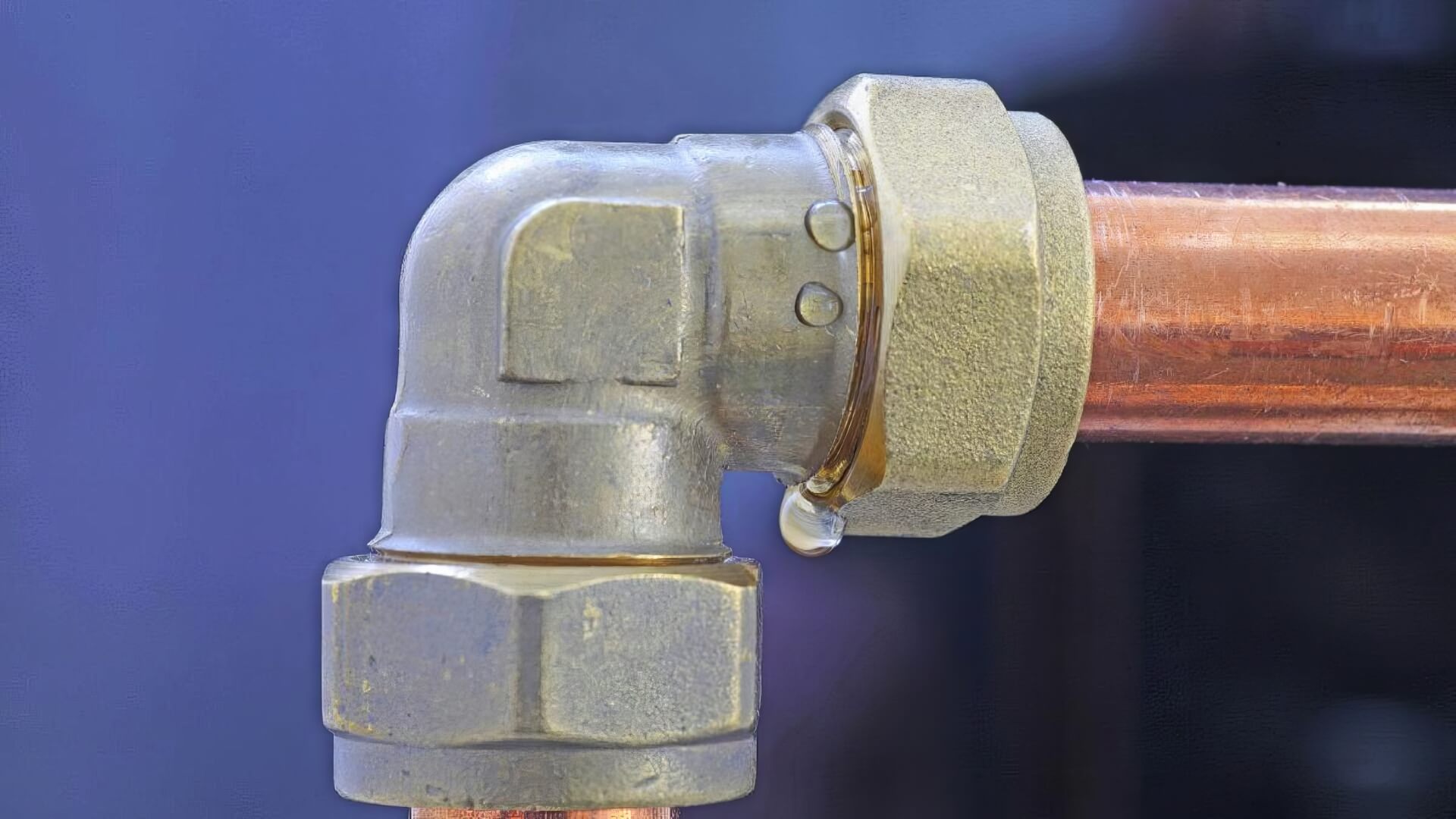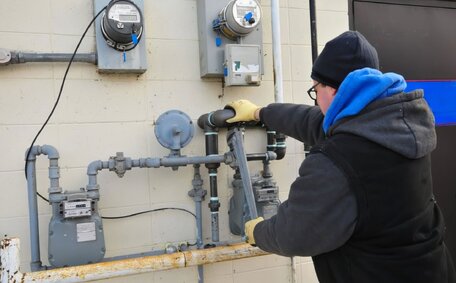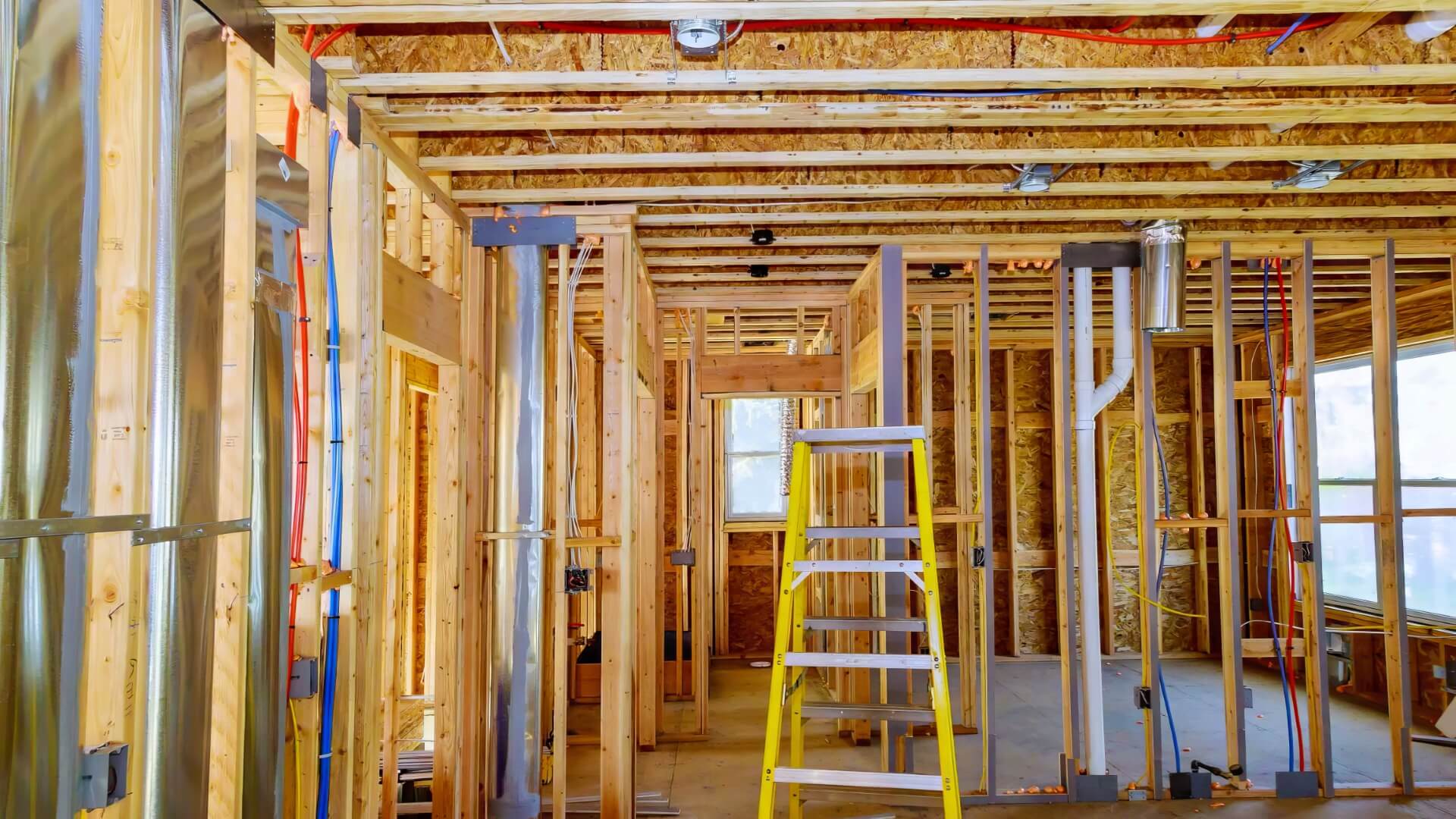Introduction to Hot Water Systems
Having a reliable hot water system is essential for any home. Hot water allows us to enjoy hot showers, wash dishes, and keep a household running smoothly.
When it’s time to choose a new system or replace an existing one, being informed about the different types available is key to picking the right option for your needs and budget.
The main types of hot water systems used in Australian homes today include electric, gas, solar, and heat pump systems. Each has its own advantages and disadvantages. Understanding how they work and comparing the key features allows you to weigh up the choices and decide what will suit your household best.
This guide provides an overview of the major hot water system types on the market. We’ll look at how each functions, the costs involved, and the pros and cons of each system.
Whether you’re building a new home or replacing a unit in an existing property, the information below aims to help you make an informed decision about the best hot water solution.
Overview of Main Hot Water System Types
There are four main types of hot water systems used in Australian homes:
Electric Storage Systems
Electric storage hot water systems consist of an insulated tank that heats and stores water. Electric storage hot water systems consist of an insulated tank that heats and stores water. As the water is heated, it rises to the top of the tank.
These systems are relatively affordable to install but can be expensive to run as electricity prices rise.
Gas Storage Systems
Gas storage systems also utilise an insulated storage tank. They can be powered by mains gas or LPG cylinders.
However, water is heated by burners fuelled by natural gas or LPG. Gas systems have higher installation costs than electric but are generally cheaper to run.
Solar Hot Water Systems
Solar hot water systems use solar collectors mounted on the roof to heat water during sunlight hours. This heated water is stored in an insulated tank ready for use. Most solar systems use a booster backup such as gas or electric to ensure hot water when solar gain is low.
Heat Pump Systems
Heat pump hot water systems work by extracting heat from the surrounding air to warm water stored in a tank. They are very energy efficient but work better in warmer climates. Heat pumps still need a backup heating method for cold weather.
When choosing a system, key factors to weigh up include upfront costs, hot water usage needs, running costs, and climate conditions. Understanding how each system works and their pros and cons will ensure you pick the right option for your home.
Electric Hot Water Systems
Electric storage hot water systems are one of the most popular choices for Australian homes. Electric storage hot water systems are one of the most popular choices for Australian homes. As it warms up, the hot water rises to the top of the tank ready for use.
They consist of an insulated tank that stores heated water until needed.
Electric systems are relatively simple in their operation. Thermostats control the heating elements, only switching them on when the water temperature drops below a preset level. This maintains the water at the desired temperature.
A benefit of electric storage systems is that hot water is readily available on demand. The tank acts as a reservoir, so hot water is available even during periods of high usage. The capacity of the tank and heating elements can be sized according to the household’s needs.
Downsides are that running costs can be high, as electricity is an expensive way to heat water. Storage tanks also take up space and potentially lose some heat. However, electric systems have low upfront costs compared to gas or solar hot water.
Electric hot water is a simple, affordable option suitable for many homes. With some energy efficiency measures, running costs can be contained while enjoying the convenience of on-demand hot water.
How Electric Hot Water Systems Work
Electric storage hot water systems operate on a simple cycle to heat and store hot water.
Cold water enters the insulated storage tank through an inlet pipe, usually near the bottom. Immersed in the tank are electric heating elements, controlled by a thermostat.
When the temperature of the water in the tank drops below a preset level, the thermostat switches the heating elements on. The electric elements heat the water surrounding them.
As the water heats up, it naturally rises to the top of the tank due to convection. The hottest water accumulates at the top, while cooler water sinks to the bottom of the tank to be heated again.
Near the top of the tank is a hot water outlet pipe that connects to the home’s plumbing. When a hot tap is opened, hot water is drawn from the top of the storage tank for use.
The heating elements switch off when the thermostat senses the water has reached the desired temperature. This cycle repeats as necessary to maintain a constant reserve of heated water for the home’s needs.
Electric systems provide an efficient on-demand supply of hot water for households. With proper installation and maintenance, they can reliably deliver hot water for many years.
Pros and Cons of Electric Systems
Electric hot water systems have both advantages and disadvantages to consider:
Pros:
- Low upfront costs compared to gas or solar systems
- Simple operation and maintenance
- Provide instant hot water on demand
- Tank size and heating can be tailored to usage needs
- Energy efficient models available
Cons:
- Running costs can be high as electricity is expensive
- Storage tanks take up space
- Some standby heat losses from storage tanks
- Regular maintenance required
- Environmental impacts of electricity generation
While not the cheapest to run long-term, electric systems offer a simple, reliable hot water solution. Going for an energy efficient model and using timers to match usage can help manage running costs. For many households, the convenience and low initial cost of electric hot water makes it an attractive choice.
Gas Hot Water Systems
Gas storage hot water systems are another common choice in Australian homes. They operate similar to electric storage systems, but use gas burners to heat the water instead of electric elements.
Natural gas or LPG heat the water inside the storage tank. Gas is often cheaper than electricity for water heating, so gas systems can have lower running costs. However, gas hot water does have a higher upfront cost for purchase and installation.
Gas systems suit households with access to mains gas or who are willing to refill LPG cylinders regularly. The gas burners heat water quickly and most systems deliver a continuous flow of hot water on demand.
Being powered by gas means these systems are not affected by electricity blackouts. Gas hot water may be the most economical option over the long term for households with high hot water usage.
Downsides are the storage tanks require space and lose some heat. Regular servicing is recommended to keep gas systems running safely and efficiently. Overall, gas hot water works well for many homes if electricity costs are increasing.
How Gas Hot Water Systems Work
Gas hot water systems heat water using natural gas or LPG burners. They operate on a similar cycle to electric storage systems but use gas as the heat source instead of electricity.
Water is stored in an insulated tank. A thermostat monitors the tank temperature. When the water cools below a set level, the thermostat triggers the gas burners to switch on and heat the water.
The burners heat the water inside the tank. As it heats up, the hot water rises to the top while cooler water sinks. The warmest water accumulates at the top of the tank ready for use.
When a hot tap is opened, hot water leaves the tank through the outlet pipe while cooler water enters the bottom to be heated again. The thermostat switches the burners off when the temperature rises to the desired level.
This cycle repeats to maintain a constant reserve of hot water. Gas systems deliver an endless flow of hot water on demand for households.
Proper installation and servicing are required to ensure gas systems operate safely and efficiently.
Pros and Cons of Gas Systems
Gas hot water systems have a unique set of advantages and disadvantages to weigh up:
Pros:
- Often cheaper to run than electric systems as gas prices are lower
- Provide a continuous flow of hot water on demand
- Not affected by power outages
- Use natural gas or LPG so no solar gain required
- Quick heat up times
Cons:
- Higher upfront installation costs
- Require more maintenance than electric systems
- Storage tanks take up space
- Some standby heat losses from tanks
- Need good ventilation
For households with access to mains gas, the lower operational costs of gas hot water make it an attractive option.
Gas systems suit homes with high hot water usage. However, the storage tanks and need for servicing should be factored in. Overall, gas offers a reliable, efficient hot water solution when electricity is expensive.
Solar Hot Water Systems
Solar hot water systems are a renewable energy option gaining popularity in Australia. They use free heat from the sun to warm water. A solar collector, usually roof mounted, contains tubes or panels that heat as sunlight shines on them.
This solar heat is transferred to water held in a storage tank. The hottest water in the tank then feeds into the home’s plumbing ready for use. Most solar hot water systems have an electric or gas booster as backup for sunless days.
Benefits of solar hot water include lower running costs than electric systems, reduced energy bills, and environmental friendliness. Drawbacks are the high initial cost of purchase and installation, and that solar gain is weather dependent.
Solar hot water works best for households with daytime occupancy, room for collectors on the roof, and backup power availability. Government rebates can help offset upfront costs. For suitable homes, solar hot water provides an economical and eco-friendly solution.
How Solar Hot Water Systems Work
Solar hot water systems use solar collectors, usually roof-mounted panels or tubes, to heat water. The key components are the collectors, storage tank, and electric or gas booster.
The collectors contain a heat transfer fluid that is heated as sunlight shines on the panels or tubes. This heated fluid flows through pipes into a heat exchanger attached to the storage tank, transferring heat into the water.
The now cooler fluid flows back to the collector to be reheated once the sun is shining again. The heated water in the storage tank rises to the top ready for use in the home.
Solar systems require full sun exposure on the collectors to effectively heat the water. Cloudy weather, storms, or shadows on the panels from trees or buildings can limit solar gain and hot water production.
The electric or gas booster kicks in when solar energy is insufficient to heat the water to the required temperature. Together, the system utilises free sunlight but has backup heating for sunless days.
Pros and Cons of Solar Systems
Solar hot water systems have some notable advantages but also come with downsides to consider:
Pros:
- Use free solar energy once installed
- Lower ongoing running costs than electric systems
- Reduce household energy bills
- Environmentally friendly renewable energy option
Cons:
- High upfront purchase and installation costs
- Require adequate roof space for collectors
- Solar gain dependent on weather conditions
- Need booster power on sunless days
- Can lose efficiency over time
The natural gas savings and environmental benefits make solar hot water appealing. But it suits households that have the roof space, use a lot of hot water during sunlight hours, and can afford the sizable initial investment. For the right home, a solar system can provide years of renewable hot water.
Heat Pump Hot Water Systems
Heat pump hot water systems are an energy efficient hot water solution that uses heat extracted from ambient air to heat water. They work similar to a refrigerator in reverse.
A heat pump unit contains a compressor and heat exchanger. The heat pump draws outside air over coils containing a refrigerant that absorbs the heat. This heated refrigerant passes through a compressor, increasing its temperature, then into a heat exchanger in contact with the water storage tank.
Here, the refrigerant’s heat is transferred to the water. Cooled refrigerant returns to the coils to repeat the cycle. Fans help direct air over the coils for efficient heat extraction.
Heat pumps are very efficient as they simply move heat rather than generating it. However, they work better in warmer climates and still require backup electric heating in colder weather when air temperatures drop.
How Heat Pump Systems Work
Heat pump hot water systems use a refrigeration cycle to extract heat from the air to heat water. The key components are the heat pump unit outside and a storage tank inside.
The heat pump unit contains a compressor, evaporator coils and condenser heat exchanger. A refrigerant circulates through the system. When it passes through the evaporator, a fan blows air over the coils, heating the refrigerant which becomes a gas.
The compressor pressurises the refrigerant gas, further increasing its temperature. The hot gas then flows through the condenser heat exchanger which is in contact with water in the storage tank. Here, the hot refrigerant gas condenses back to a liquid, releasing its heat into the water.
The now cooler liquid refrigerant flows back to the evaporator coils to repeat the process. This refrigeration cycle extracts heat from the air to warm the water in the storage tank ready for use.
Heat pumps are energy efficient as they simply move existing heat rather than generate it. However, they work more effectively in warmer conditions and normally require a backup electric heating element for cold weather.
Pros and Cons of Heat Pump Systems
Heat pump hot water systems have unique advantages but also some drawbacks to weigh up:
Pros:
- Very energy efficient as they move existing heat rather than generate it
- Can reduce energy bills compared to electric hot water systems
- Quiet operation with no flames or flues needed
- Lower greenhouse gas emissions than gas or electric systems
Cons:
- Higher upfront costs than electric or gas systems
- Work better in warmer climates
- Require backup heating in colder weather
- Performance can degrade over time
- Possible refrigerant leaks needing repair
With their energy efficiency and environmental benefits, heat pumps can be a smart long-term choice in the right climate. However, the higher initial cost means they may not achieve payback as quickly as solar hot water. Carefully weigh up the pros and cons for your home.
Comparing Hot Water System Types
When choosing a hot water system, key factors to compare across the main types include:
- Electric storage: Lowest upfront cost, simple operation, provides on-demand hot water. But running costs can be high.
- Gas storage: More expensive to install but cheaper to run long-term. Provides continuous hot water.
- Solar: Harnesses free solar energy and reduces bills. But needs adequate roof space and sun exposure.
- Heat pump: Very energy efficient using air heat. Works better in warmer climates.
The type that best suits your home depends on hot water usage, climate, available space, and budget. Carefully weighing up the pros and cons of each system allows you to make the right choice.
Choosing the Right System for Your Home
When choosing a new hot water system, key considerations include hot water usage needs, available space, installation and running costs, and climate suitability.
Households with high hot water usage are best suited to gas or solar systems for their lower operating costs. Homes with less hot water demand could go for standard electric models.
The space required for tanks should be measured. Outdoor or compact indoor units are options for small spaces. Solar systems need adequate north-facing roof space for collectors.
Upfront costs, energy prices, and potential savings affect payback periods. Heat pumps and solar systems have longer payback but provide efficiency savings.
Climate impacts solar gain and heat pump efficiency. Cooler locations require more booster heating. Select a system matched to local conditions.
Reviewing these factors allows you to balance hot water performance with long and short-term costs. An energy specialist can tailor a system recommendation to your household.






